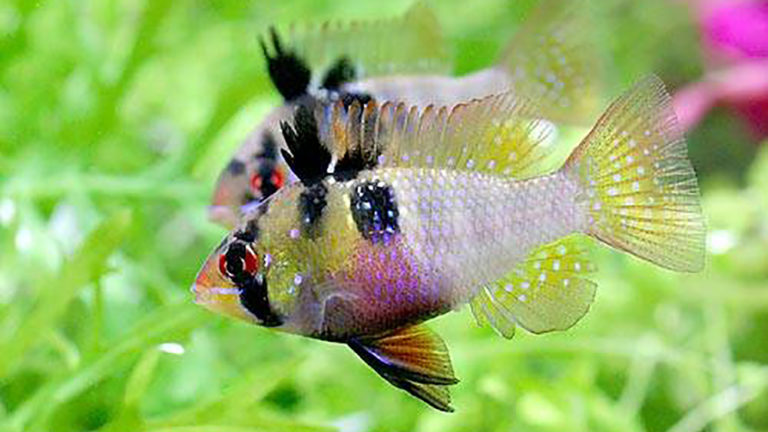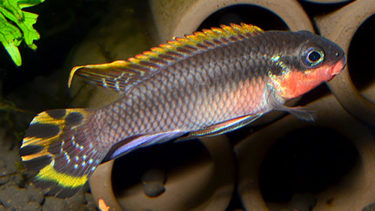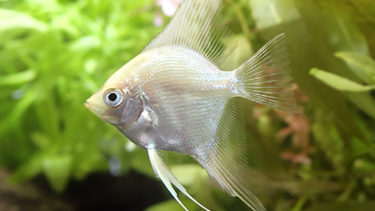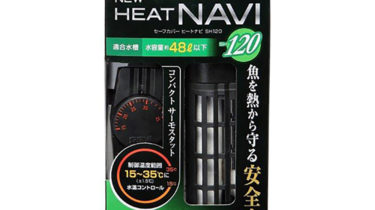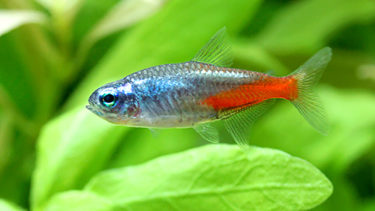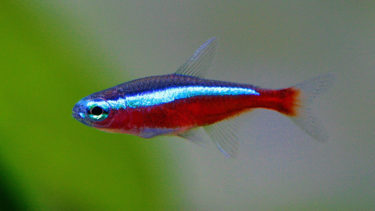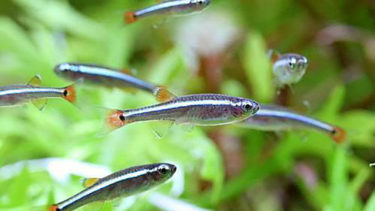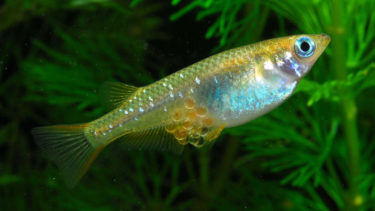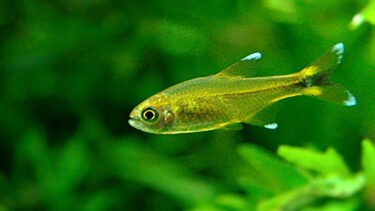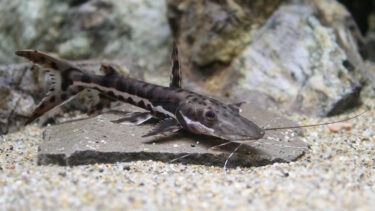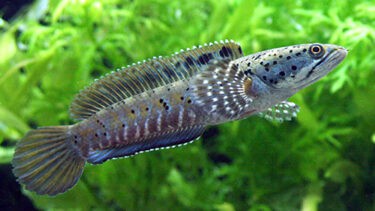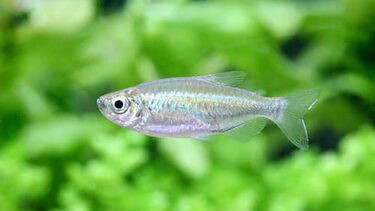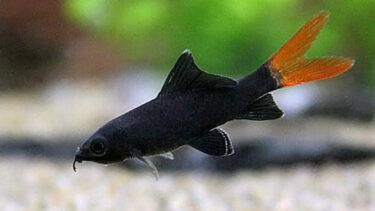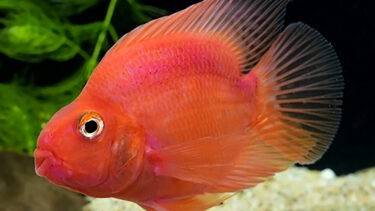Ramirezii are tropical fish of the family Cichlidae (sea bass), genus Microgeophagus, and are native to the Bolivarian Republic of Venezuela and the Republic of Colombia, located in South America. In this article, we would like to explain in detail the characteristics of the Ramirezii and how to keep them.
What is Ramirezie?

The Ramirezii is a tropical fish in the family Cichlidae (sea bass) and genus Microgeophagus. The origin of the Ramirezii is the rivers (Orinoco River, Meta River, etc.) that flow through the Bolivarian Republic of Venezuela and the Republic of Colombia in South America.The body color of lamiresi varies from species to species. Details of each species are described in the following sections. Ramirezii have long been cultivated in Europe and other parts of the world. Nowadays, many species have been bred in various countries and regions. Ramirezii is also known as "lamb cichlid," and some specialty stores refer to it as "lamb.
Apistogramma trifasciata is a tropical fish of the family Cichlidae Apistogramma, with a dark blue and metallic blue dorsal fin, native to the Federal Republic of Brazil, Plurinational State of Bolivia and Republic of Paraguay in South America. This time [...].
Pervicachromis taeniatus is a tropical fish of the Pervicachromis genus of the Cichlidae family of perchids, native to the Federal Republic of Nigeria and the Republic of Cameroon in West and Central Africa, with a beautiful blue and red pattern on its long, extended dorsal and anal fins. [...]
The angelfish is a tropical fish of the family Cichlidae (sea bass) in the genus Angelfish, which is native to the Amazon River that flows through the Republic of Peru, the Republic of Colombia, and the Federal Republic of Brazil in South America. [...].
How to Keep Ramirezie
The difficulty level is moderate, as lamiresi are easy to keep if you know how to keep them. The life span of the Ramirezii is about 3 to 4 years. Its body size is about 5 to 6 cm. However, both lifespan and body size vary depending on the environment in which they are kept and the food they are fed. They prefer slightly acidic to neutral water, with a pH range of 5.0 to 7.0. Ramirezii are classified as tropical fish, so if you keep them in Japan, they will need a heater in winter.
A heater is a device that maintains a constant water temperature. If you go to a specialty store that carries heaters, you will find a wide variety of types. Some people may be at a loss as to which one to choose. In this article, we would like to explain about such heaters [...]
Types of Ramirezies
balloon ramie (Boehmeria nivea var. nipononivea)
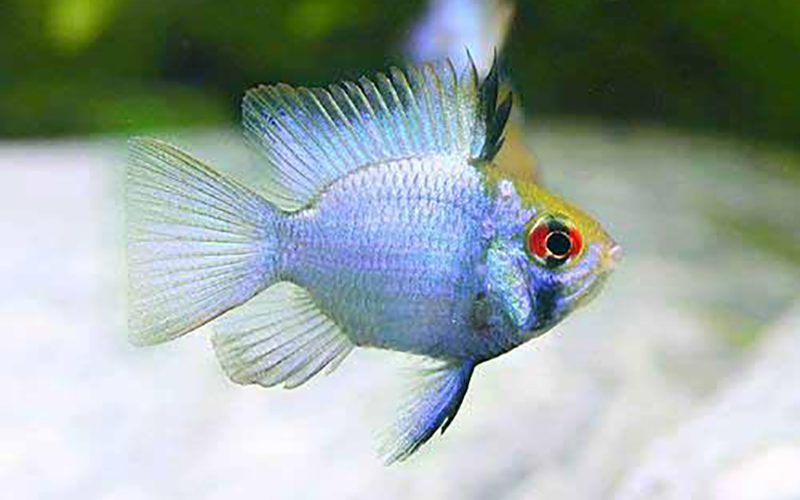
Balloon Ramirezii is a variety that was created by breeding regular Ramirezii in Germany and Holland. They are called Dutch rams or German rams, depending on the country where they were raised. They are smaller in size, have a rounder abdomen, and a plumper body shape than the normal Ramirezii, making them a popular breed. There are also different colors, such as the "Cobalt Blue Balloon Ramirezii," which has a strong blue color and becomes even more beautiful when exposed to light, and the "Golden Balloon Ramirezii," which has a white base with light gold tints.
Papilio chromis Ramirezii (species of millipede)
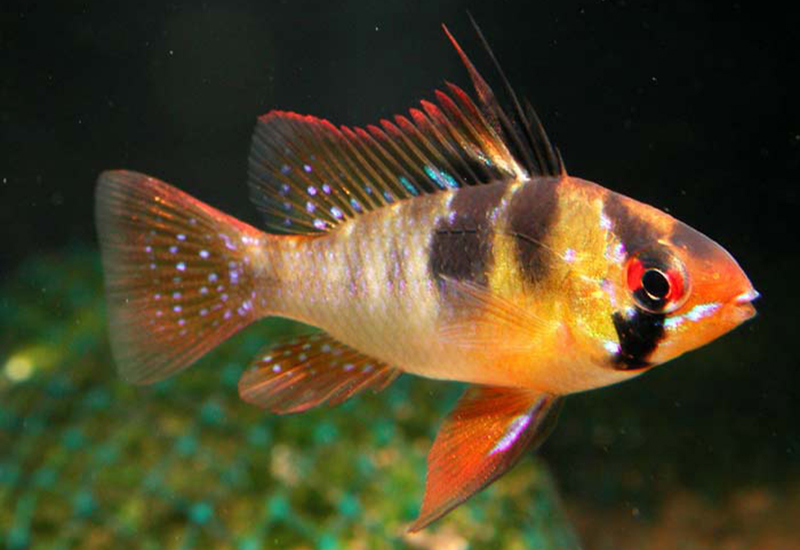
Papilio chromis ramirezi is found in Colombia and Venezuela in South America, and is said to be the most beautiful of all dwarf cichlids. When sold at specialty stores, many of them do not have good coloration, but if kept in a slightly acidic aquarium for more than half a year, their body color changes from a bright orange base with black lines appearing from the back to the abdomen, becoming very beautiful. Many people keep Papilio chromis Ramirezii to enjoy this change. Among the Papiliochromis lamirellii, Papiliochromis lamirellii are often sold at relatively low prices and are easy to keep, making them a good choice for those who want to try their hand at breeding.
Japan Ramirezia

As the name suggests, this breed was bred in Japan from the German Ramirezii. Compared to the German Ramirezii, the blue coloration on the head is brighter and the overall body color is brighter, making it a beautiful breed. Among the Ramirezii, the price is often high because of its small distribution volume and the few specialty stores that sell them.
brilliant lamiragee
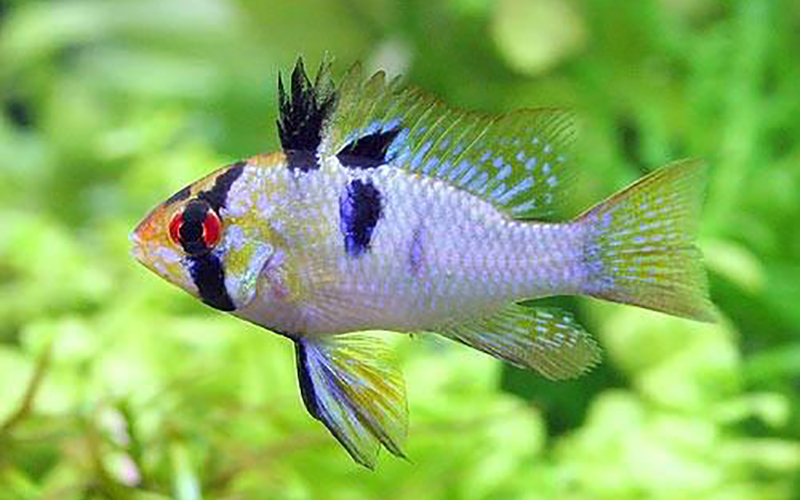
The Brilliant Ramirezii has a body color that is a combination of the Cobalt Blue Ramirezii, which has a strong blue color, and the Ramirezii, which has a strong yellow or red color. This makes it a species where the balance of yellow, red, and blue is important. Individuals with a good balance of each color are very beautiful and stunning.
German Ramillage

The German Ramirezii is a species bred and cultivated in Germany. It is characterized by its beautiful red and yellow coloration. Therefore, they are very popular as a species that has inherited the original color of the Ramirezii. The dorsal fins of many individuals are large, so they are tall and have a greater impact on many people than their silhouette would suggest. The German Ramirezii also has other names such as "German Ram" and "German Ramirezii.
Blue Diamond Ramirezii

The Blue Diamond Ramirezii is a species whose body color is mostly bright blue. Therefore, when the aquarium is set up with only Blue Diamond Ramirezii, it becomes a very beautiful blue aquarium, and is also useful for adjusting the overall coloration of the aquarium.
Points to keep in mind when mixing swimmers
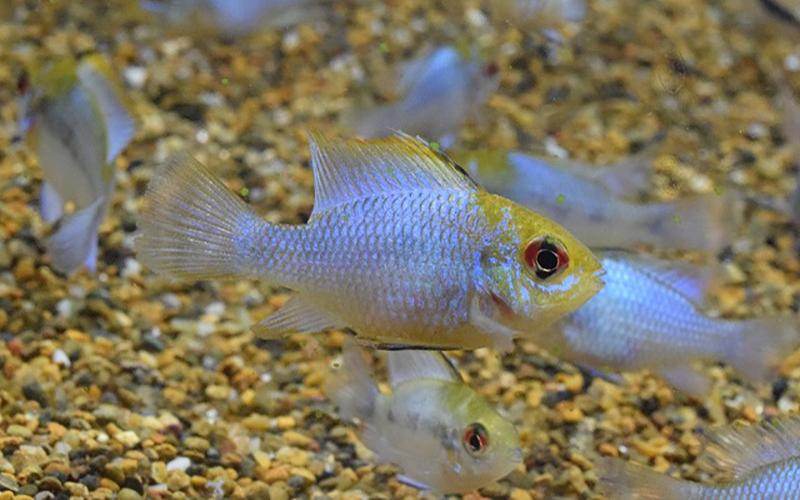
First of all, Ramirezii have a mild temperament, which is rare among cichlids. Therefore, if the breed with which they are mixed is territorial or aggressive, the Ramirezii may be beaten up, resulting in injury or even illness due to stress.However, lamiresi may become more aggressive during the breeding season and chase other tropical fish around, so care may be required when keeping them in pairs. Also, some cichlids may fight with other cichlids, so be careful when mixing them with cichlids.
The neon tetra is a tropical fish in the family Carassinae, and is a beautiful fish with a blue glow from its head to its tail fin. In this article, I would like to explain in detail the characteristics of the Neon Tetra and how to keep it. What is a Neon Tetra?
The cardinal tetra is a tropical fish of the family Carassinae of the order Carassinae that lives in the Negro and Amazon rivers in South America. It is a beautiful fish with a blue glow from its head to its tail fin. In this article, I would like to explain in detail the characteristics of the Cardinal Tetra and how to keep it. [...].
The redfin is a tropical fish of the carp family Tanichthys, which is native to Baiyunshan in Guangzhou, China. Its body color is mainly silver-gray with a dark blue line from the back of the eye to the base of the tail fin. In this article, we will explain in detail the characteristics of the redfin and how to keep it [...].
Points about spawning
Many people who keep lamiregid fishes want to breed them. In keeping cichlids, it is often recognized as one of the pleasures to observe a series of breeding behaviors, such as courtship of males, spawning and rearing of females, and the process of growth from fry to adults. First, let us discuss the differences between male and female Ramirezii. The main body color of male Ramirezii is red or yellow, including the dorsal fin. (The body color of males differs depending on the species.) In comparison, females are larger than males, and their abdomen turns pinkish, and a 1mm egg-producing tube (egg laying tube) emerges from the back of the ventral fins.It is recommended to enjoy this difference in body coloration. The breeding method of Ramirezii is to lay their eggs in shady places such as under trees or stones, where they are difficult to find. Therefore, when breeding Ramirezii, it is important to create a good environment for them to lay their eggs, such as driftwood or commercially available egg-laying shelters. Outside of the breeding season, they may use these places as hiding places, so there is no harm in including them.
Many people who keep killifish want them to spawn. However, not many people know about spawning and what they need to do to prepare for it. This time, we would like to explain the method of spawning and the points to be noted [...].
If you have kept goldfish for a long time, you may want to try to breed them. However, if goldfish spawning is not done with care, there is a high possibility that the goldfish will weaken. In this article, I would like to explain in detail the method and precautions for spawning. The time of spawningThe time of spawning of goldfish is [...]
Points to keep in mind when keeping lamiresi

Ramirezii are recommended among the cichlids because they are easy to keep and to mix with other species. It is especially recommended for beginners and those who are new to Lamillaisii. There are many species of Ramirezii, and each species has its own color and silhouette, so finding a species you like is one of the charms of the Ramirezii.In addition, there are many types of lamiregii that are brightly colored, and some people enjoy putting them in different colors for each aquarium. If you have a chance to see Ramirezii in a specialty store, I recommend you to take a look.

